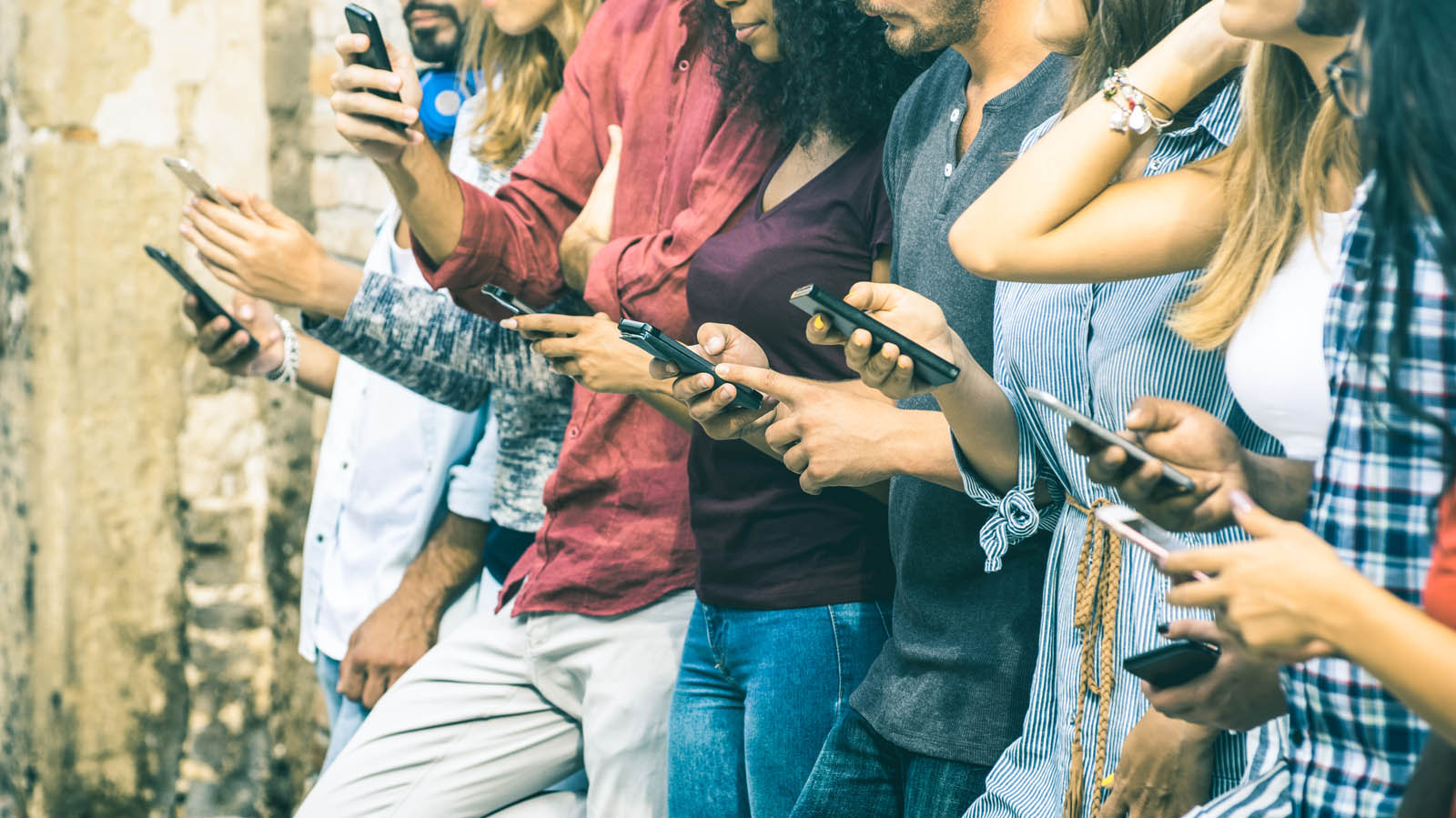
Over the past few decades, dramatic changes have taken place in terms of what information people have access to, and how easily they access it. For example, entrepreneur Peter Diamandis points out that a Maasai warrior on a smartphone in the middle of Kenya today has better mobile communication than President Reagan did while in office in the 1980s.
Furthermore, if you compare the information any 13-year-old kid with a smartphone can access in 2016, to the information President Bill Clinton had access to just 20 years ago, in many ways the 13-year-old comes out ahead, particularly in terms of quantity. The scale tips in Clinton’s favor, though, when it comes to the reliability of information he had access to, versus what’s online today.

For example, the 13-year-old kid can use Wikipedia to research a complex topic for a school paper. However, Clinton could speak with leading experts directly, engaging them, asking questions and gathering their latest insights.
Clinton also had an advantage in terms of accessing classified documents and knowing details about the $50 billion “black budget” used to fund the activity of our government’s 16 spy agencies. That said, WikiLeaks, hackers and whistle-blowers consistently expose confidential information, making many secret matters much less secret in 2016.
The 13-year-old kid benefits tremendously from technological advances since Clinton’s presidency. If the teen wants to learn more about his genetic makeup, he can send a kit to 23andMe to gain information about his carrier status for several hereditary diseases. Meanwhile, during Clinton’s tenure, scientists were only about halfway through a $300 million project to sequence the first full human genome.
Live cam feeds and Google Street View give the 13-year-old the ability to see close-up views of places around the world, as well as in space. He can learn more about how sea otters behave, or see events unfolding in a historical location, by watching live online footage. Satellite images weren’t as sophisticated during the Clinton presidency, so views were not as far-reaching.
The teen can also use Google Maps to check out traffic conditions for his parents. If Clinton wanted to help the Secret Service plan a travel route, he would need to depend on local TV or radio news, which wasn’t as detailed or accurate as today’s traffic apps.
While the 13-year-old kid in 2016 beats Clinton in terms of the quantity and speed at which he can access information, he still faces issues concerning the reliability of that information. It can take time and effort to determine what is accurate and beneficial when you’re inundated with news, viewpoints, statistics and data.
explore featured
Case studies
